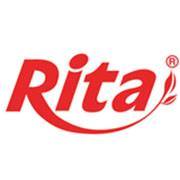What are energy drinks and why are they important?
In response, one question that I always ask is this one. Why would somebody need more energy?
I mean, the only time energy levels bottom out is when we skip sleep, skip workouts, and consume pathetic foods. Wait a minute, I just described most of North America. Ok, I guess I do understand why people are drawn to canned pick-me-ups!
Interestingly, the term "energy drink" is not recognized by the or USDA. The details around the regulation of these drinks are, well, kind of boring.


© 2007 - 2026 DagangHalal.com. All Rights Reserved. Developed and maintained by DagangAsia Network Holding Sdn. Bhd. (1344481-V)
This website is best viewed using Internet Explorer 11 or above, Mozilla Firefox and Chrome.